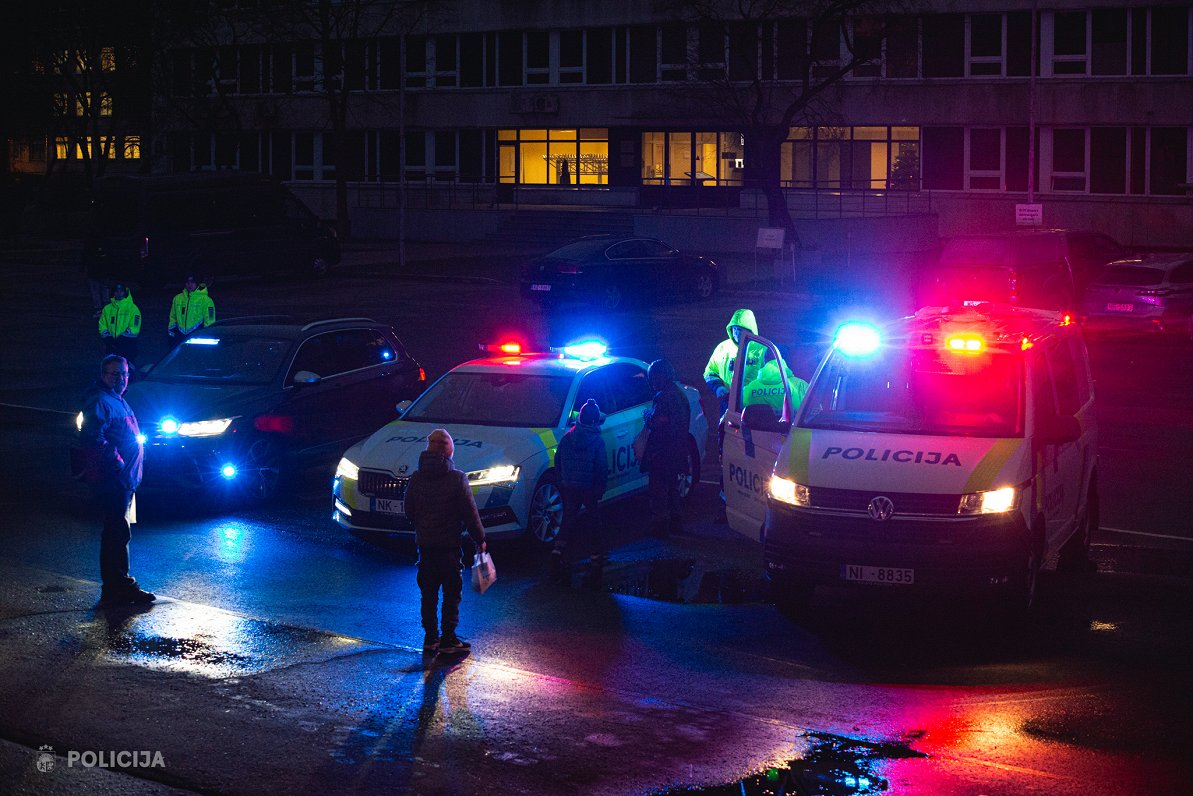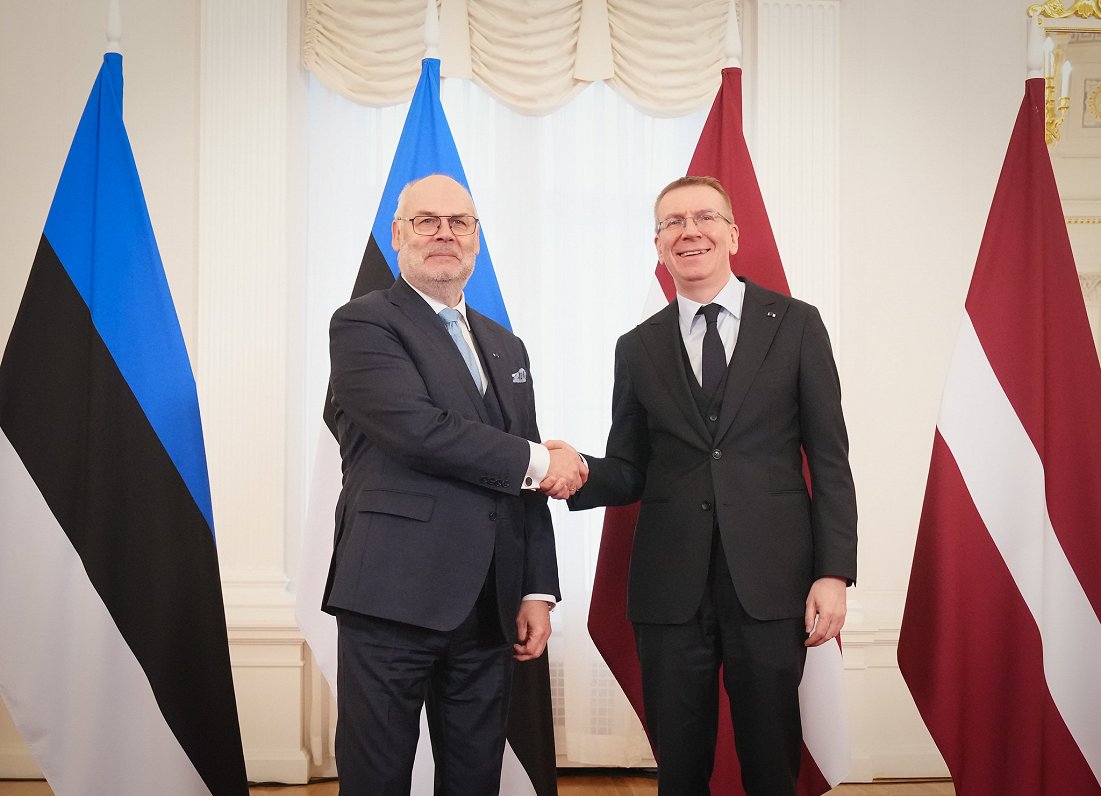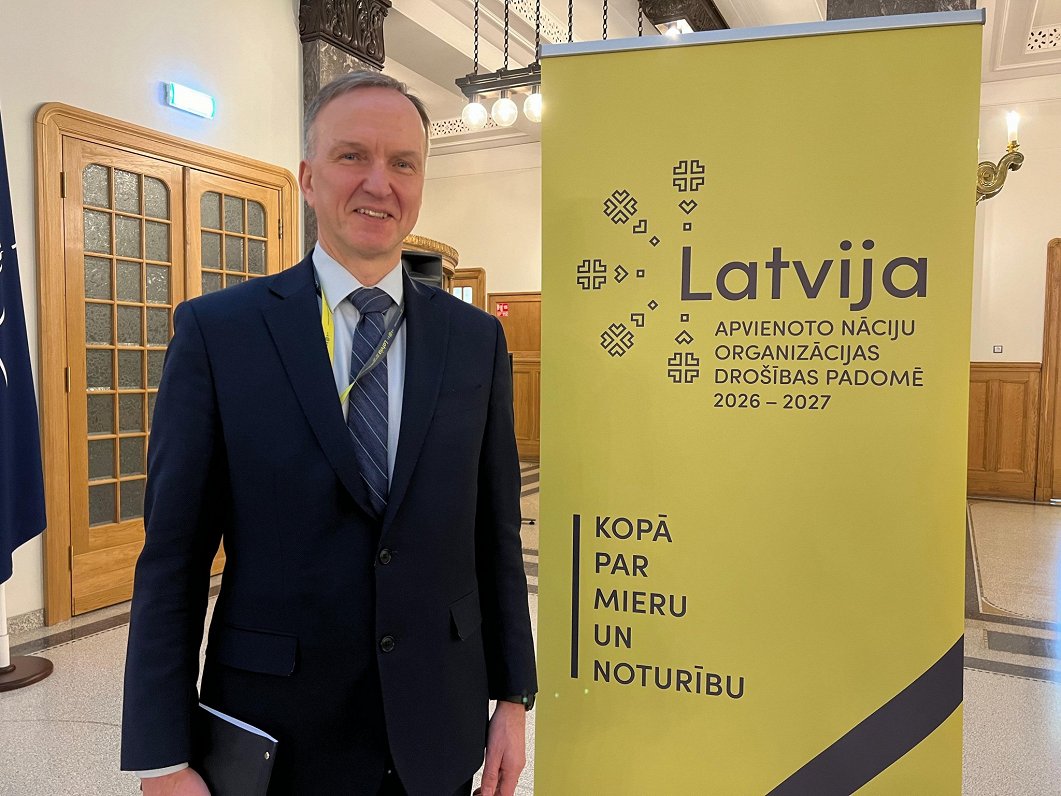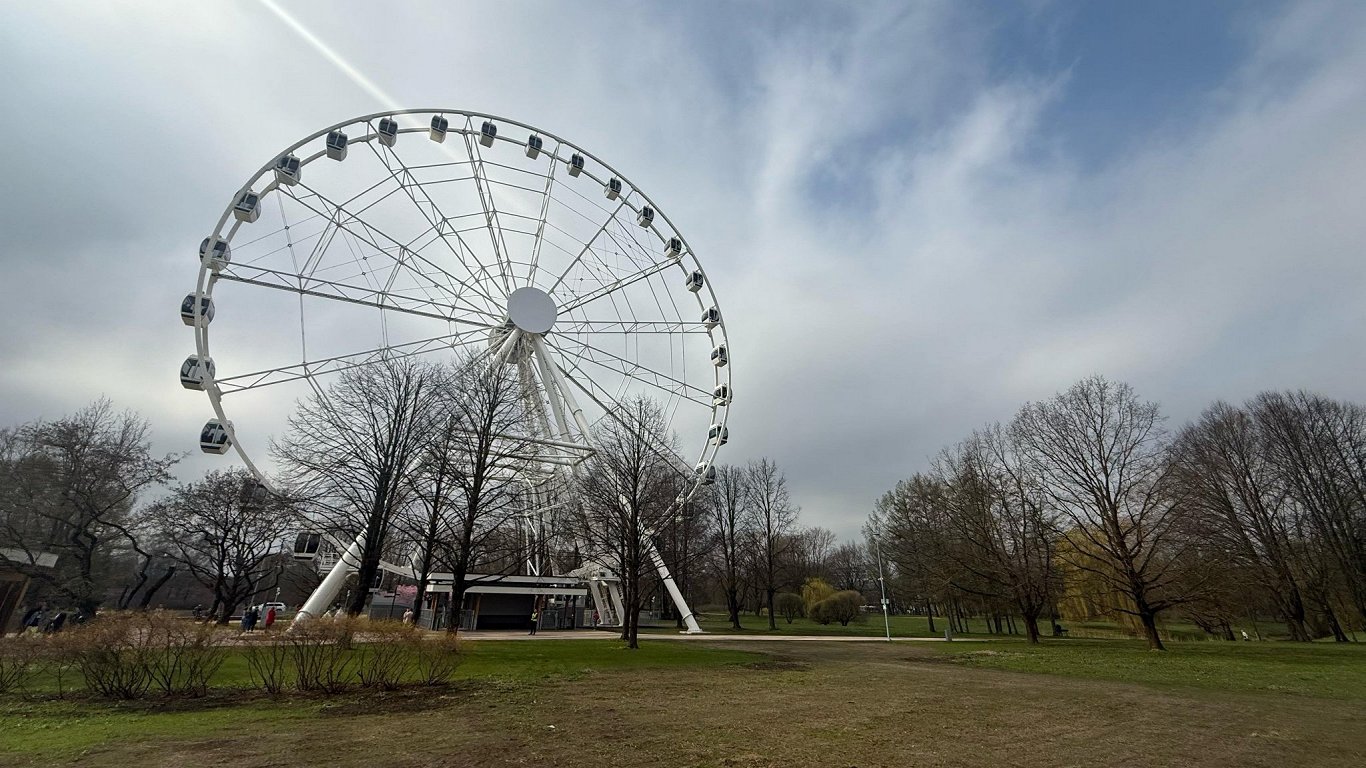Travelling between the center of Rīga to the populous Bolderāja suburb by train should in theory be quick and easy… once the line has been built.
Plans to create a fast link have been around for years, but Latvian Radio has tried to ind out when they might be made into something tangible.
Previously, officials promised that the stops on this line would be built by the end of last year, then extended the deadline until the end of this year. However, they will not be completed this year either. Why is the construction of the Iļģuciems and Bolderāja platforms, worth a total of 1.2 million euros, being delayed once again?
The residents of Bolderāja should have heard diesel trains passing by now, but they haven’t and won’t any time soon. Construction work hasn’t even started at Silikātu Street, where there should be a new stop. In contrast, construction work is underway at Slokas Street in Iļģuciems, where a second stop is planned. Artis Grinbergs, head of “Latvijas dzelzceļs” (Latvian Railways), admits that the situation is complex.
“Initially, one technological solution was planned for the construction of electric train infrastructure, so the platforms that are being built by us are also currently a kind of middle ground solution, or it will be an unfinished solution in my opinion, because their platform length will not be standard. Accordingly, the contract has been signed with the builders at the beginning of this year. Those two platforms – “Iļģuciems” and “Bolderāja 1” – will be completed on schedule, next year. “Iļģuciems” will be the first, sooner. “Bolderāja 1″ will be [completed next] at the end of the year. Design work is currently under way there,” says Grinbergs.
In contrast, the Road Transport Directorate is talking about other deadlines. Board member Kristaps Krūmiņš says that according to the information available to him, the platforms should be completed by the middle of next year. Train traffic, on the other hand, will be opened after the decision of the Public Transport Council.
“We expect it to be, I would say, the third quarter of next year. If everything goes according to the currently known project plan, then it could be around September, but I say the third quarter because there may be some minor delays,” says Krūmiņš.
Grinbergs, on the other hand, is skeptical about the directorate’s terms.
“So be it, good luck to them! I don’t want to promise what I can’t do… I don’t promise what I can’t do. If the gentlemen say September, well, then let’s work to make it September. In any case, right now, according to the project, it’s more like October, November.”
Next year, “Latvijas dzelzceļš” plans to electrify the several-kilometer line to Bolderāja for 14 million euros, with the work to be completed in January 2026. After the construction of platforms, old diesel trains will run between Bolderāja and the center, later extending the route to Sigulda. This is according to the Road Transport Directorate, which does not yet rule out that after the electrification of the line, electric trains will run to this part of Pārdaugava, for which the Ministry of Transport plans to direct more than 70 million euros of European funding to complete the Central Station and Airport Station of the “Rail Baltica” railway project.
“In fact, the procurement is at the stage where we would be ready to announce the result, but the important question is whether we can make commitments and whether there will be funding,” says Krūmiņš.
The Ministry of Transport replies that they are looking for ways to purchase electric trains. True, in 2026, when they are supposed to appear according to the plan, there will definitely be no trains. In that case, Škoda electric trains will run to Bolderāja, says the Road Transport Directorate. Electric trains will be faster than diesel trains, which will take approximately 20 minutes on the route from the center to Bolderāja.
Five and a half years ago, the then Minister of Transport Tālis Linkaits took a test train to Bolderāja, hoping to open the line to traffic within two to three years. Now he admits that this was an unrealistic forecast. He is cautious about the deadlines set by Latvian Railways.
“We see that it is precisely the design, coordination of various interests, and third-party requirements that take a very long time in Rīga. This is one of the reasons why projects in Rīga were very delayed. In any case, I think that the concept was correct and it is possible to implement it… The most important thing is that these projects are moving forward in general, they have not been canceled as a result of various changes. This means that sooner or later Riga residents will get quality transportation by rail in Bolderāja and Iļģuciems,” says Linkaits.
The Riga Municipality plans to start building ‘mobility nodes’ next year at the planned Bolderāja station and other existing railway stops. These will be a well-maintained area around the stations, where it will be possible to conveniently transfer from one form of transport to another.






